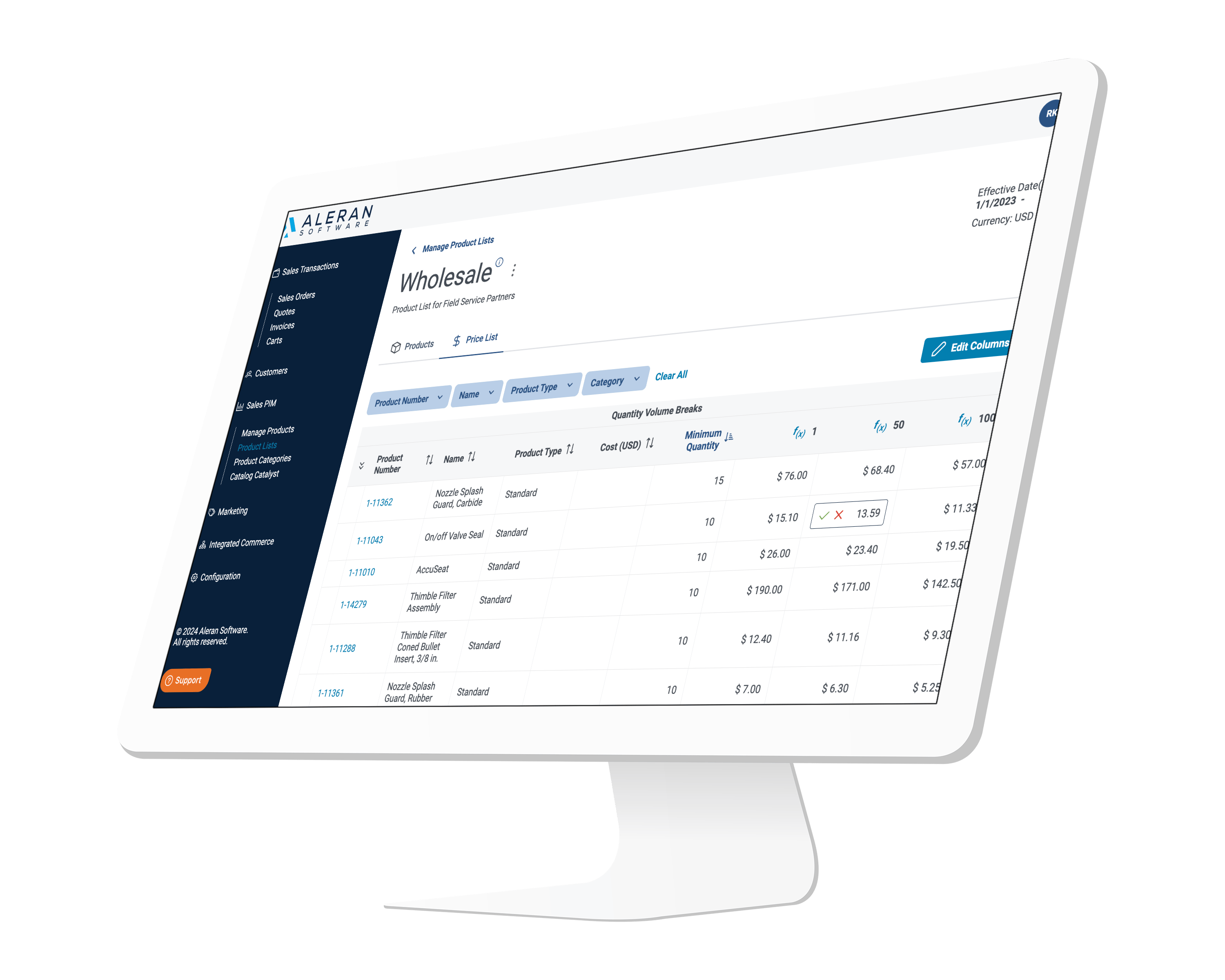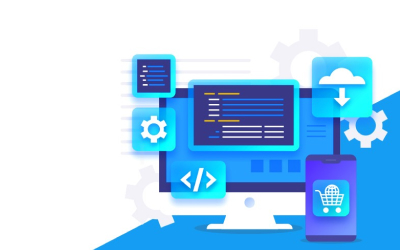In broad strokes, when it comes to choosing the marketplace platform for your e-Commerce business, you have two options:
- Software as a Service (SaaS)
- Open Source
Each has its strengths and weaknesses, and your ultimate choice will have a definite impact on your business operations.
How familiar are you with these terms, and do you know what’s the best fit for your business? In this blog, we’ll demystify SaaS vs. open-source platforms and highlight some of the reasons why you might choose one over the other.
Software as a Service: Defined
An e-Commerce marketplace from a SaaS provider is the far more common of the two solutions. And if you have a pulse, you’ve surely heard of some of the giants in this space: Shopify. Wix. Magento. Squarespace. All of these and more offer a more-or-less ready-to-go marketplace that lets you plug in your products or service and build your storefront according to their parameters.
While convenient, these tools also come with their drawbacks. For instance, once you enter their ecosystem, you’re pretty much stuck using their infrastructure the way those companies intend you to use it. They may offer some customizability, but by and large, you’re beholden to their software updates, their support, and the various tools they’ve integrated into their platform.
If you have a company with straightforward products and services, this might be sufficient. But for companies whose sales may be more complex, particularly B2B companies with a longer-tail sales funnel, these vendors may not be sufficient for your needs.
SaaS Benefits:
- Ready to go from the time of purchase; start populating your storefront immediately.
- Easy to navigate and set up.
- Troubleshooting is typically quite easy, with dedicated support teams to help you solve problems
SaaS Drawbacks:
- You’re stuck using their infrastructure and tools
- Little to no customization
- Data may not easily integrate with other tools, i.e. CRM, CMS, advertising platforms, etc.
Open Source: Defined
While an e-Commerce marketplace from an SaaS vendor typically has a set of rules to follow, open source development has no such guardrails. You’re using code itself to engineer your marketplace precisely how you need it to behave according to your business needs.
This can be both a blessing and a curse. It’s a blessing in that you can customize your e-Commerce operations to fit your business rather than the other way around. If you have a long sales cycle or a unique series of products and services that don’t fit neatly into the marketplace boxes provided by the leading SaaS vendors, you can alter the code of the site itself to suit your operations. This provides unprecedented control over your products, services, and digital footprint.
But this freedom also comes with some potential dangers. For instance, while you have no guardrails, you also have no guardrails. Any stray bit of code not engineered or written in precisely the right way can break your entire website, and it’s up to you or the firm you hire to put in the time to conduct quality assurance to make sure that doesn’t happen. Because there’s more development work going into it, you’re also looking at a longer lead time and, in all likelihood, higher costs to get up and running.
Open Source Benefits
- The freedom to create an e-Commerce experience 100% suited to your business
- Not tied to the infrastructure of a third-party provider and all the attendant updates and idiosyncrasies that entails
- You have control over every aspect of the customer experience, including data storage and integration.
Open Source Drawbacks
- Typically a higher cost than most SaaS solutions.
- All troubleshooting falls to you and/or the engineering team you’ve hired.
- The increased engineering lift means it takes longer to get up and running, and ongoing changes may take longer to implement as well
SaaS Vs. Open Source: What Types of Businesses Use Each Solution
So which is the right fit for you? Ultimately, only you can make that decision. But based on the benefits and drawbacks we’ve highlighted above, you’ve probably started to recognize who might benefit from each.
The majority of B2C companies typically rely on some kind of SaaS to ensure their operations run smoothly. The customer-facing nature of these businesses will often mean they can populate a pre-designed storefront with everything they have for sale, then use the built-in shopping cart and shipping functionality to complete the experience.
Open source, on the other hand, is more common within the B2B space. Typically, when you have a highly specialized sales team, a lengthy contract process, and any number of complications unique to a particular business segment, the only way to create an online experience suited to these complexities is by building from scratch.
This can tempt some businesses to throw in the towel and just revert to a manual, offline process, but that does a disservice to today’s increasingly online decisionmaker. That’s why those who want to accelerate their growth and expand their footprint are dedicating resources to an open source e-Commerce solution that meets their needs.
Now, that’s not to say that B2C always fits neatly into SaaS and B2B is exclusively open source. There’s plenty of overlap and cross-pollination. Some B2C companies may be sufficiently large and/or popular that they cease relying on a third party vendor for their e-Commerce needs and decide to engineer their own storefront. On the other hand, some B2B companies may have found a way to streamline their offerings and customer experience to such an extent that it’s possible to rely on an SaaS provider.
Making The Right Choice For Your Business
Making the right choice from the beginning can help you keep costs contained and provide an exceptional customer experience, but that doesn’t mean you can’t pivot if you’ve gone down one path and need to make a switch. If you’re using a third party SaaS provider and feel like you’re constrained, you can transition to open source. And if you’re open source and the blue sky that entails has led to projects and costs that spiral out of control, you can stop the bleeding by turning to SaaS.
You also have options for making either solution work better for your business. Thanks to the rise of headless e-Commerce, with APIs and infrastructure designed to help integrate data between providers and solutions, you may be able to pick and choose your providers or even mix and match SaaS for one aspect of your business with open source for another (for example, if you love a vendor’s storefront and shopping cart but you want to develop your own means of gathering and analyzing customer data).
If you want to explore which solutions are right for you, contact Aleran. We can analyze your business goals and help you make an informed decision about the e-Commerce choice that’s the best fit for your organization. Let’s talk today about how Aleran’s many e-Commerce solutions can take your business to the next level.



